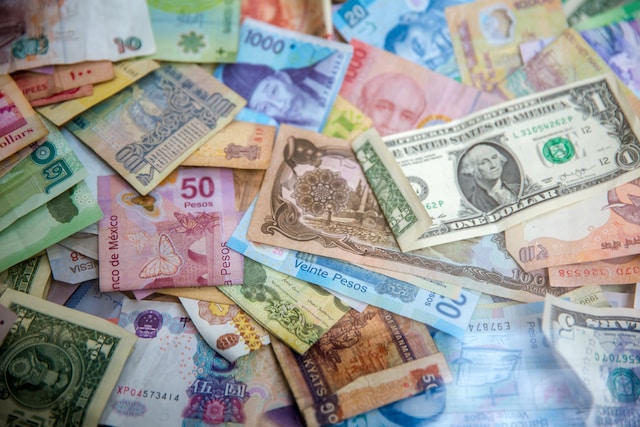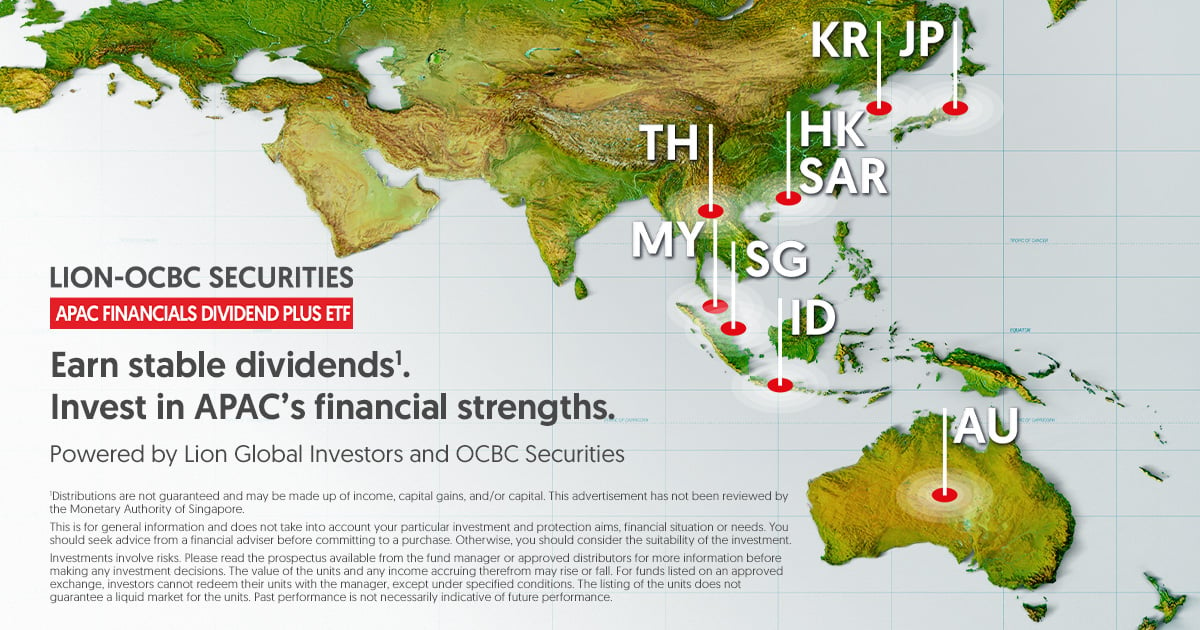How to hedge the FX exposure for your SGD revenue?
Hedging is the best way to avoid losing money because of changing currency rates.
Ways to hedge currency risks
When having revenue in one currency and needing to exchange it for another currency to buy products or services, fluctuating currency rates can create unnecessary losses that can damage a company’s or investors' portfolios. Hedging can be achieved by simultaneously buying and selling the same currency enabling traders and investors to limit losses and wait for more beneficial conditions. The fast-changing currency rates can damage portfolios and increase expenses for exchanging one currency for another. This is especially true for multinational companies that operate in several countries and use several currencies to pay salaries, buy materials for manufacturing, or for tax reasons. There are several ways of hedging the currency risks to limit potential losses in case market fluctuations mess up your portfolio. One popular way is to use Forex markets for hedging. With Forex markets it is possible to buy and sell the same currency pair at the same time, limiting potential losses greatly. Check the forex hedging strategy explained here for detailed FX hedging strategies and peculiarities. Despite the Forex being the best solution for currency risks there are other alternatives widely used by experienced investors.
Forward Contracts
Forward contract in its basics is an agreement between two parties to exchange currencies at a predetermined future date and exchange rate. With forward contracts, it is possible to lock in a specific exchange rate for your SGD revenue for a specific period. Using futures contracts investors can protect their revenue from volatile market movements that can seriously damage investors portfolio. To understand the forwards better let’s discuss an example where company A which is based in Singapore sells its products internationally receiving revenue in US Dollars. The company can use the bank to enter into a forward contract and lock a specific exchange rate for a specific date when it has to pay salaries in Singapore. This way the company can greatly reduce price fluctuations' impact on its revenue by exchanging its Dollars for the predetermined rate of SGD.
Currency Options
Currency options provide the right to buy or sell a specific amount of currency at a predetermined (strike price) price within a specific period. There is no obligation, only a right meaning the currency options give users maximum flexibility when compared to forward contracts. Companies or investors who anticipate significant fluctuations in currency markets can use currency options as a hedging tool to protect their SGD revenues. Company B is a corporation that also operates in Singapore. The company is anticipating that SGD may strengthen against the Dollar which could negatively affect its revenue. For hedging this risk the company B can purchase a put option on the SGDUSD exchange rate and by selling it at a predetermined exchange rate the company will be able to limit potential losses and ensure more stable revenue for its investors. Hedging is one of the tools to manage risks associated with currencies. There are other methods of protecting your capital against various risks on Forex markets.
Currency Swaps
If an investor or a company awaits the SGD to be weakened against the USD they can swap SGD for a more stable currency to avoid losses. A currency swap is an agreement between two parties to exchange principal and interest payments in different currencies. To understand currency swap more clearly let’s discuss an example of a company C. Company C is a Singaporean importer that buys its goods from the Eurozone. If a company expects the Euro to appreciate against the SGD they can hedge potential increased costs by swapping their SGD for EUR at the prevailing exchange rate. This allows company C to make purchases at locked-in exchange rates, even if the SGD weakens against the EUR.
Natural Hedging
If your business has expenses or liabilities in the same foreign currency as your SGD revenue it is possible to use natural hedging. By matching your revenue and expenses in the same currency you will be able to reduce your Forex exposure. To understand natural hedging better let's consider an example of imaginary company D. Company D is a Singapore-based company operating in several other countries and generating revenues in USD, EUR, and JPY. Since the expenses are in these currencies respectively, it is possible to mitigate currency risks by matching revenue and expenses in the respective currencies. If the SGD weakens against the USD but strengthens against the EUR and GBP the impact on the revenue will be minimized overall as currency movements will offset each other.
Diversification
Diversification is a holy word for all investors and traders as it allows one to invest in a range of different assets minimizing the risks of one bad trade or investment blowing up the whole capital. One strategy to limit currency risk exposure would be to diversify your revenue streams across different currencies. This way, it is possible to reduce your reliance on a single currency and its volatility risks. Imagine that Company E is a Singaporean tourism company attracting tourists from China and creating a revenue stream in CNY (Chinese yuan). The company can expand its operations in other countries like Japan and Australia reducing its reliance on CNY. By generating revenues in different currencies the company E has a good hedge against risks in any one currency. Hedging requires high expertise to execute it successfully and not lose money instead. This is why diversification is key when operating in several countries or getting revenue in one currency.
This is a sponsored post.





